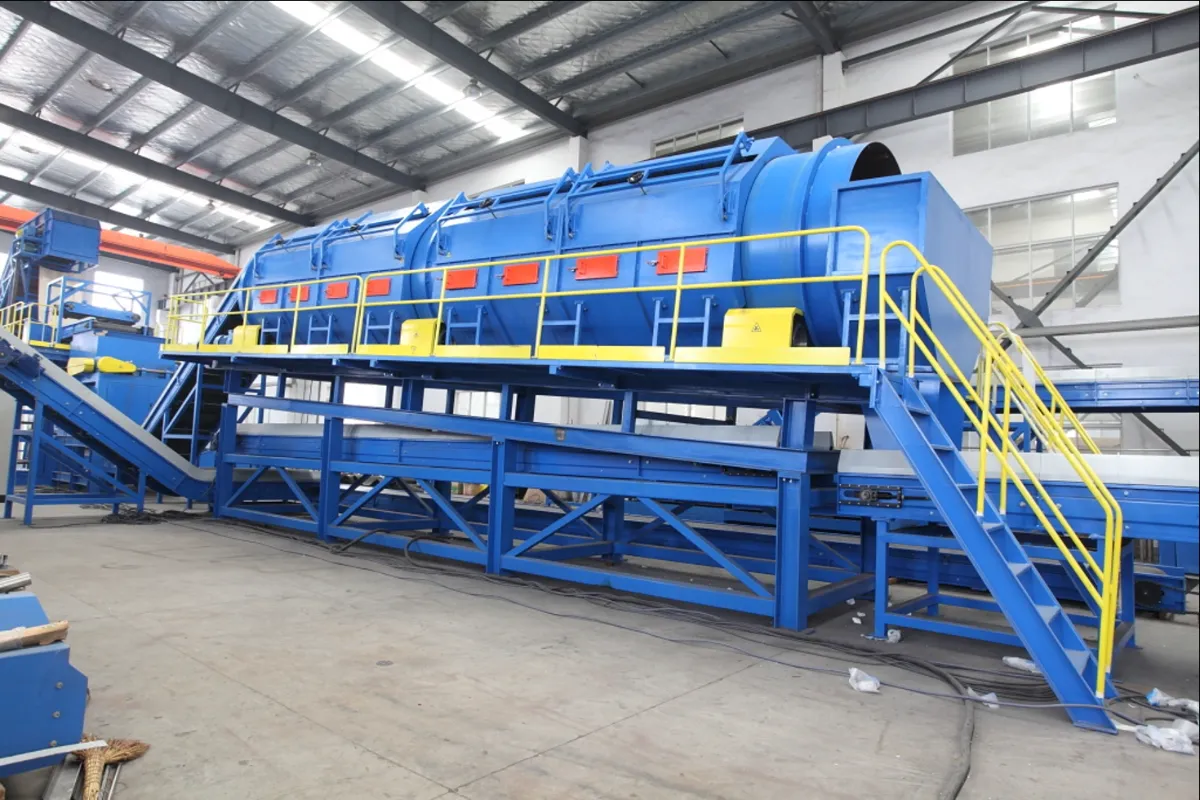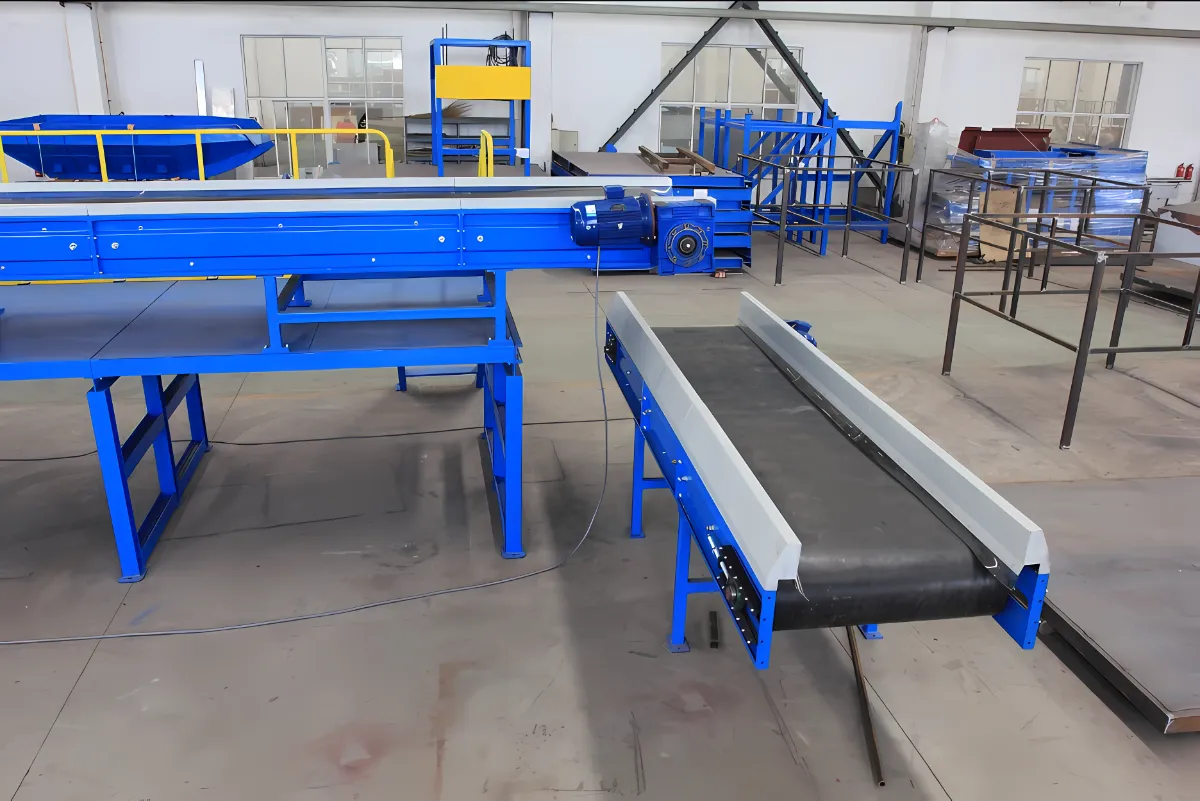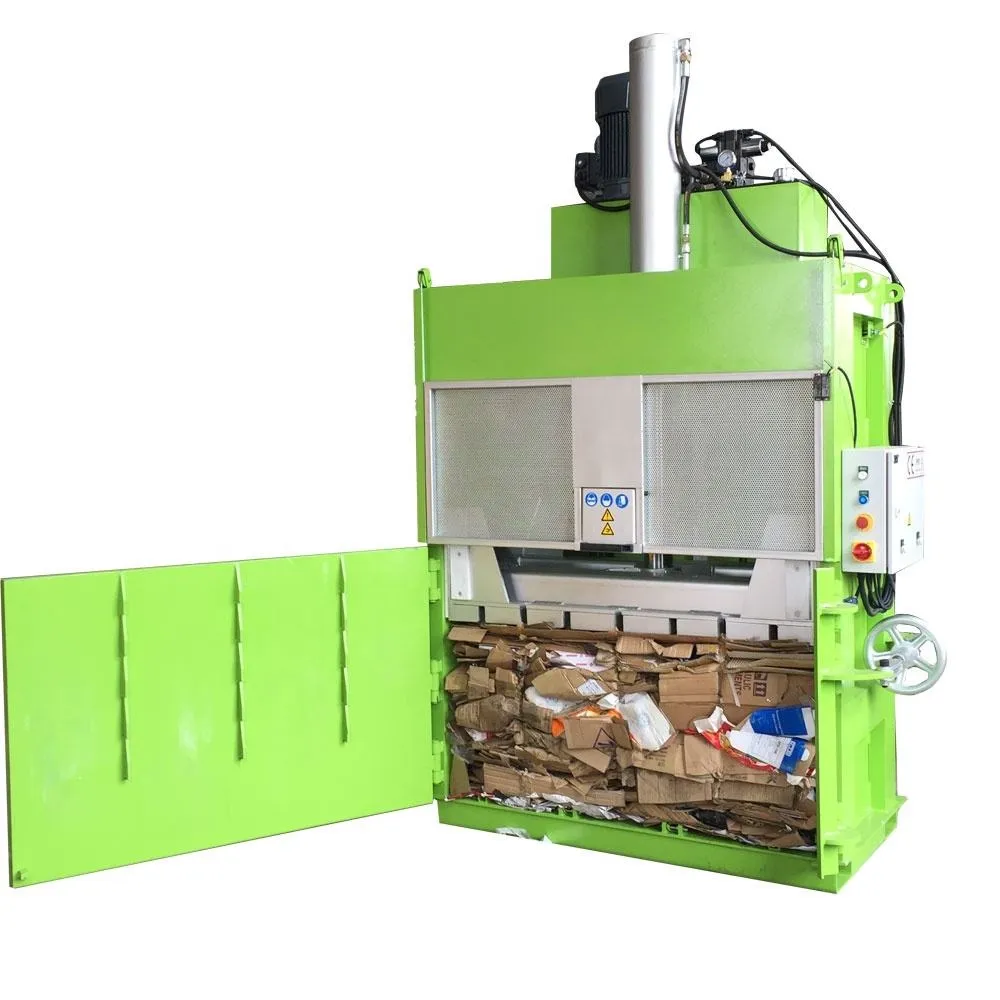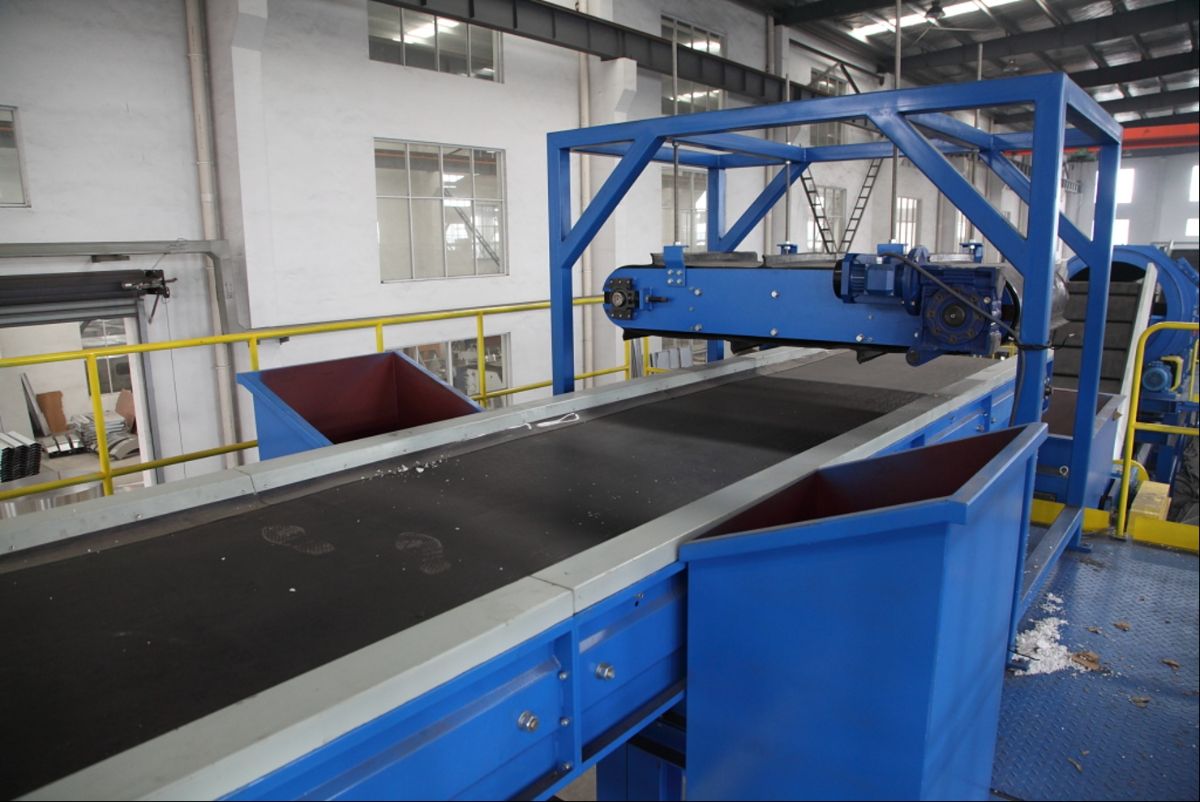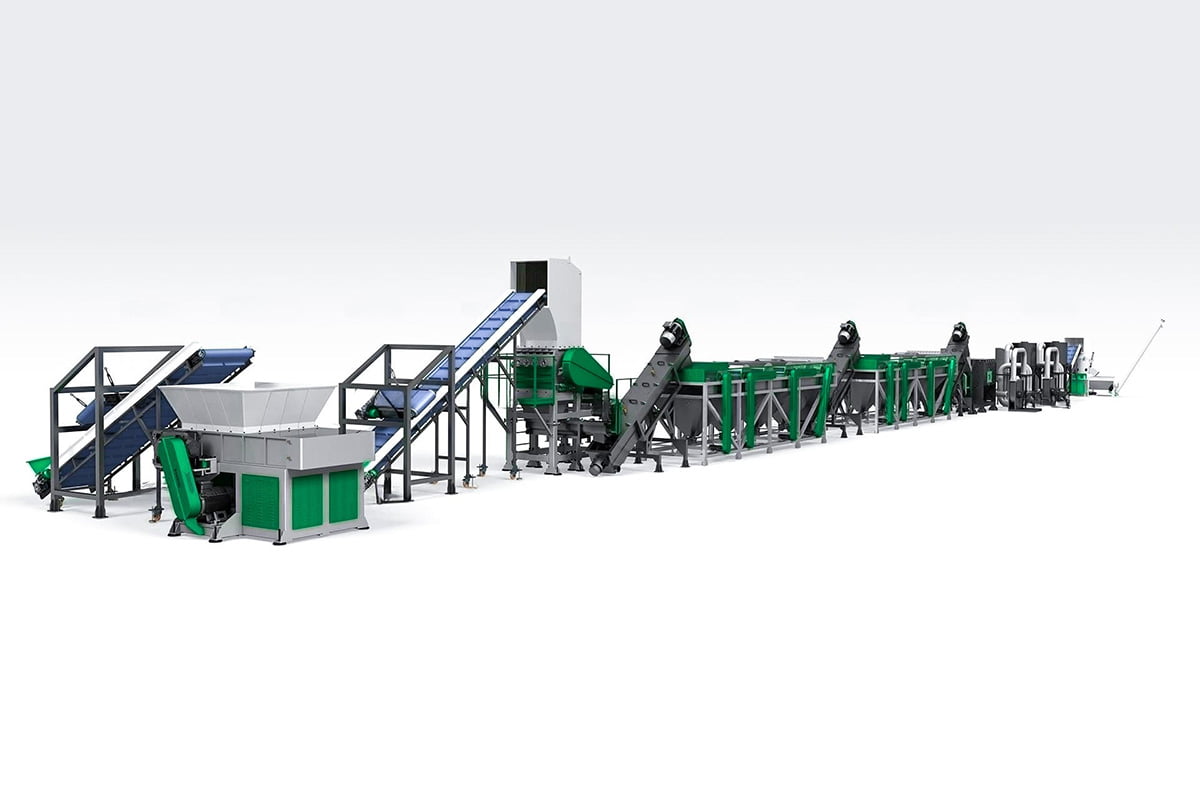How to Choose the Right Recycling Machine Based on Your Plastic Waste

Choosing the right recycling machine is crucial for maximizing efficiency and minimizing waste. With plastic products coming in various shapes, sizes, and polymer types, recycling them effectively can be challenging. Selecting the...




